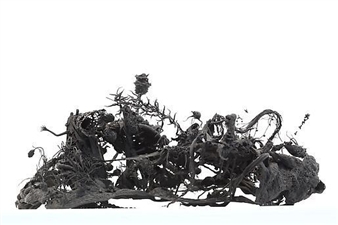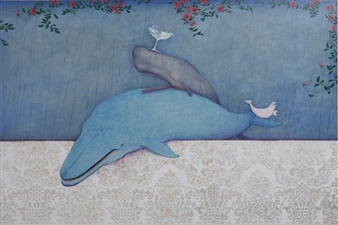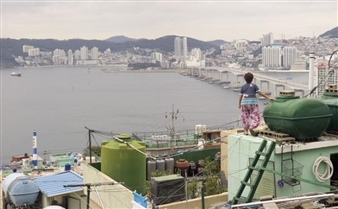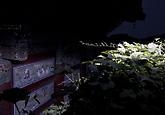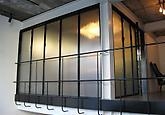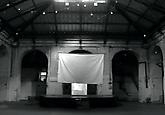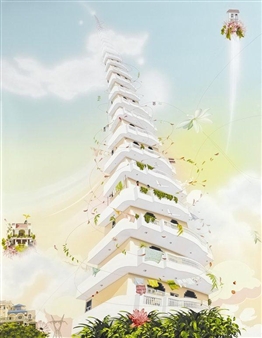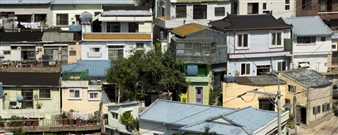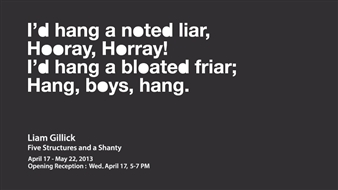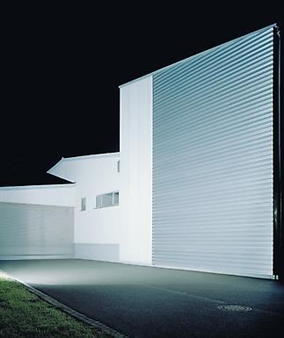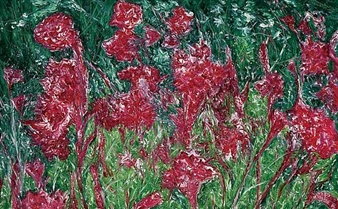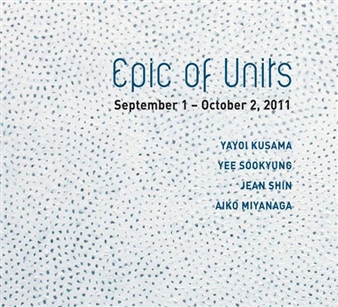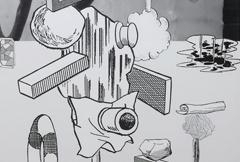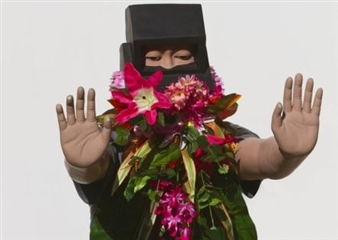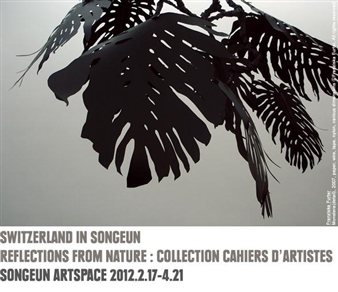Peppermint Candy: Contemporary Art from Korea in Seoul
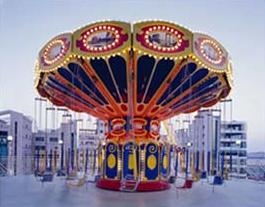
National Museum of Contemporary Art, Korea, Seoul-t'ukpyolsi, Seoul, 10/21/2009 - 02/15/2010
San 58-4 Makgye-dong, Gwacheon-si, Gyeonggi-do
Peppermint Candy was organized by National Museum of Contemporary Art, Korea as part of the project to make Korean art to be enjoyed by the world audience. It was shown at Museo de Arte Contemporáneo, Santiago in Chile and Museo Nacional de Bellas Artes, Buenos Aires in Argentina in 2007 and 2008.
The exhibition was the first to introduce the full scale of contemporary Korean to the audiences in South America. Although the viewers in South America have little knowledge of Korea’s history and culture, the expansion of exchange in the areas of economy has generated an increase in their interest in Korea. The great success of the exhibition was helped by the fact that the countries in South America and Korea have in common in terms of the historical and emotional experiences of the peoples in the two different regions that they achieved democratization by wiping out military despotism. The exhibition was favorably noticed for introducing ‘the newest and shocking aspects of Korea art,’ and La Seguda, a leading newspaper in Chile, highly praised it by saying that it was ‘the best exhibition of the year’.
The conception of the exhibition was based on the question of ‘In what historical environment have Korean artists worked since the 1980s?’ In other words, it intended to focus on what political, social and cultural circumstances have influenced the art of those artists, how they link their own individual thoughts, experiences and memories with public history and what modes their works as the outcomes of such linking take.
The title of the exhibition, ‘Peppermint Candy’ is an appropriation of the same title of the film directed by Lee Chang-Dong in 1999. ‘Peppermint Candy’ immediately reminds us of our primitive memory of its flavor imprinted in our minds as soon as we pronounce the word. Its sweet and piquant flavor symbolizes the fragile values, the youthful and the pure which are fresh and sharp, yet can easily be taken away and subverted by any member of the next generation. The 23 participating artists are contemporaries of the main character of the film, Peppermint Candy, Kim Young-Ho. They were born in the 1960s and the 1970s, and grew up in the 1980s which is the most turbulent period of contemporary Korean history. These artists experienced both the 1980s’ economic abundance in the midst of political chaos and ideological conflicts and the 1990s’ proliferation of popular consumption in the liberal atmosphere where ideological discords no longer prevailed. In addition, they are the members of the generation that witnessed the end of the tumultuous 20th century and saw the beginning of the new millennium in which capital and culture started to be globalized.
The structure of the exhibition consists of three parts in which the acute problems related to the various fields of contemporary Korean history.
Part Ⅰ: ‘Made in Korea’ looks at the change in one’s attitude towards ideology in the transition from what is called ‘the period of ideology’ of the 1980s to that of pluralism of the 1990s. In the 1980s, artists dealt with the diverse ideologies linked to the division of the Korean peninsula, militarism, nationalism, nativism, democracy and capitalism in rather stiff and perplexing ways and in the period of globalization of the 1990s more flexible approaches were made towards the element of ideology.
Part Ⅱ: ‘New Town Ghost’ is related to one’s visual experiences of everyday life in the city while showing the changes in both the social structure and the way of living which are brought about by the high economic growth and the rapid development of urbanization. In addition, this part places its focus on the wide range of social problems in regard to women’s rights, minority, human rights and environmental issues that have been ignored and concealed behind the emergence and development of cities in the second half of the 1980s. In other words, it deals mainly with the reconstruction of urban culture fostered by the increased interest in the life of an individual while attaching weight to the microscopic and fragmentary realms and abandoning grand narratives.
Part Ⅲ: ‘Plastic Paradise’ delves into the aspects of the visual culture of Korea as the expressions of new sentiments which have been formed in the period of explosively increased popular consumption since the 1990s of materialistic abundance. This part looks chiefly into the uniqueness of the hybridization phenomenon in Korean popular culture in which the traditional, the modern and the postmodern coexist, the diversity generated by the interaction with other cultures in the era of globalization and the mechanisms in the production, distribution and consumption of culture.
The exhibition gave more importance to the selection of works that agreed with the proposed theme than to the examination of individual works. The exhibition in Seoul includes some number of large-scale and new works which could not be shown during its tour of South America due to certain physical and spatial restraints while maintaining the basic structure and content of the exhibition in South America. The layout of the exhibition space is designed to imbue the space with certain rhythms and variations by use of long-range, multiperspectives in an open space. Moreover, the works of different artists are displayed together in a specific space and the interaction among the visual, aural and olfactory factors of artworks is emphasized in order to produce a rich structure of symbolism and metaphor through which viewers can experience novel ways to interact with works of art.
The most important aim of the exhibition lied in the examination of the original and diverse aspects of the development of contemporary Korean art in the context of contemporary Korean history. The South American audience described the distinctions of Korean art as follows: its “powerful life force,” “remarkable dynamism” and “calm and humorous attitude” that cannot be found in the arts of other countries. It is one of the meaningful achievements of this exhibition that we are able to come closer to the realization of the identity of Korean art trough such responses and comments of the audiences in South America.
Part I : Made in Korea – Yong-Suk Kang, Gimhongsok, Youngwhan Bae, Do-Ho Suh, Sanghee Song, Jung-Ho Oak, Joonho Jeon, Seub Jo
Part II : New Town Ghost – Sunghun Kong, Kira Kim, Oksun Kim, June-Bum Park, Inhwan Oh, Minouk Lim, Yeondoo Jung
Part III : Plastic Paradise – Sung-Soo Koo, Osang gwon, Dujin Kim, Sang-Gil Kim, Dongwook Lee, Yong-Baek Lee, Jung-Hwa Choi, Kyoung-Tack Hon
